A new nanomaterial printing method could make it both easier and cheaper to create devices such as wearable chemical and biological sensors, data storage and integrated circuits — even on flexible surfaces such as paper or cloth. The secret? Plamsa.
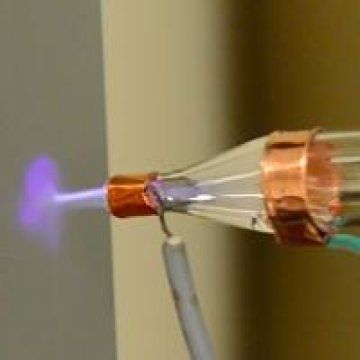

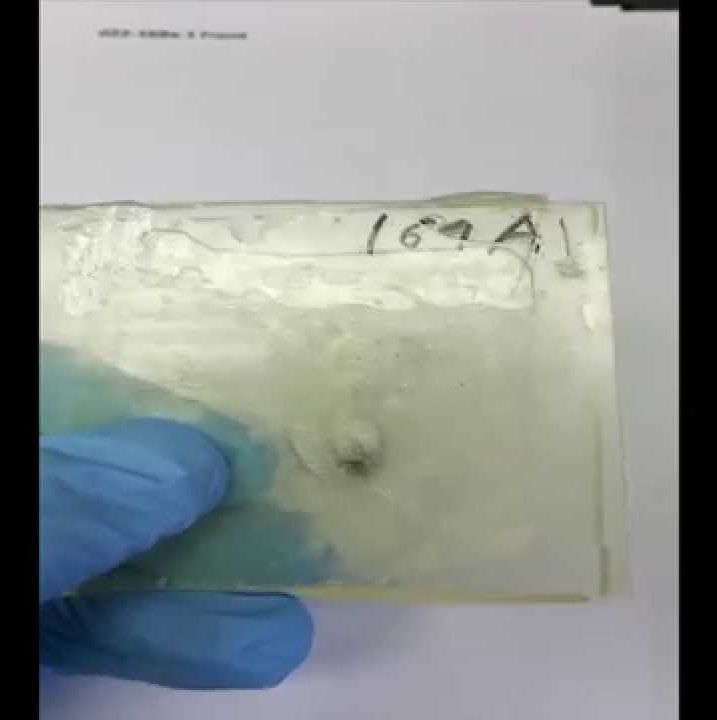
Synthetic biology involves creating or re-engineering microbes or other organisms to perform specific tasks, like fighting obesity, monitoring chemical threats or creating biofuels. Essentially, biologists program single-celled organisms like bacteria and yeast much the same way one would program and control a robot.
But 10 years ago, it was extremely challenging to take a DNA sequence designed on a computer and turn it into a polymer that could implement its task in a specific host, say a mouse or human cell. Now, thanks to a multitude of innovations across computing, engineering, biology and other fields, researchers can type out any DNA sequence they want, email it to a synthesis company, and receive their completed DNA construct in a week. You can build entire chromosomes and entire genomes of bacteria in this way.
“Biology is the most powerful substrate for engineering that we know of,” said Christopher Voigt, Professor of Biological Engineering at MIT. “It’s more powerful than electrical engineering, mechanical engineering, materials science and others. Unlike all the other fields, we can look at what biology is already able to do. When we look at the natural world, we see things like the brain. That’s a complex place computing, electrical engineering and computer science can’t reach. The brain even constructs nanostructures very deliberately, something materials science has not accomplished.”
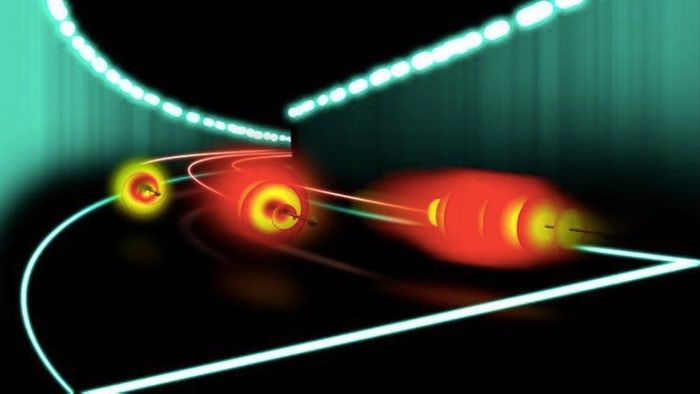

“The Colorware Retro iMac blends the fun, nostalgic look of the Apple IIe with the technology of a 27-inch Retina iMac.”
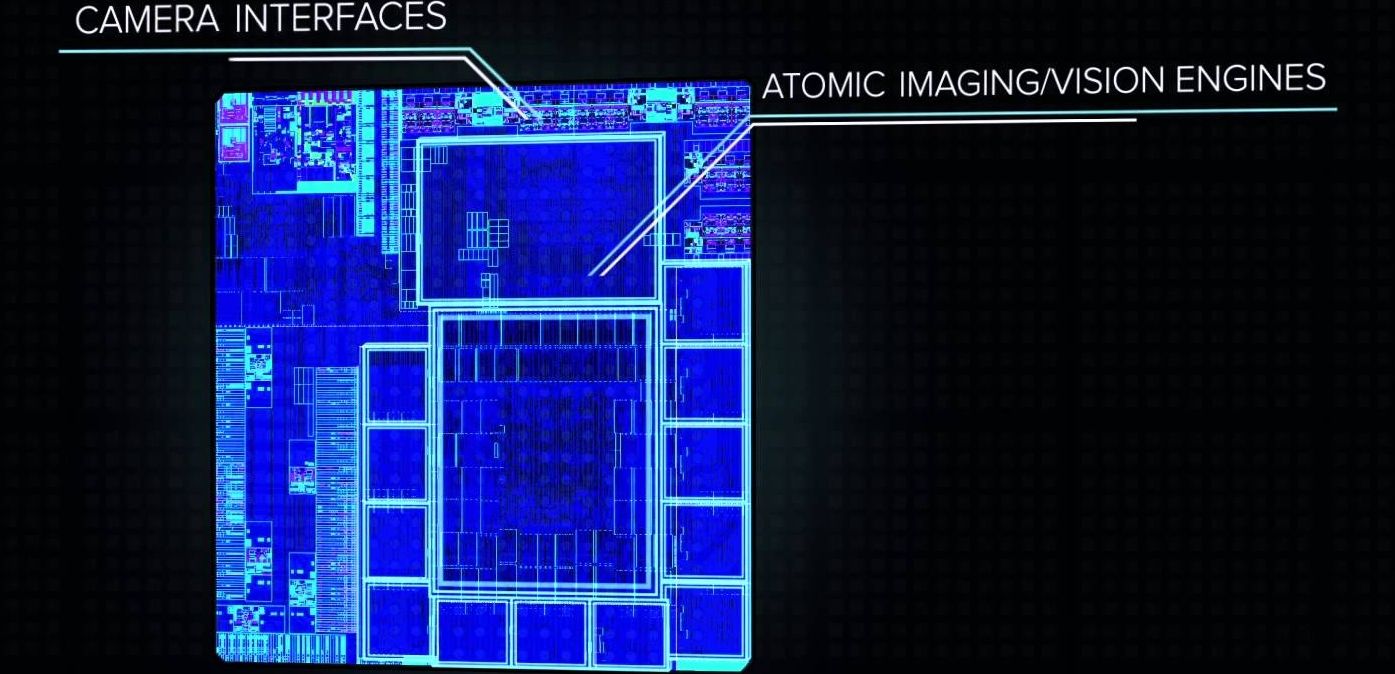
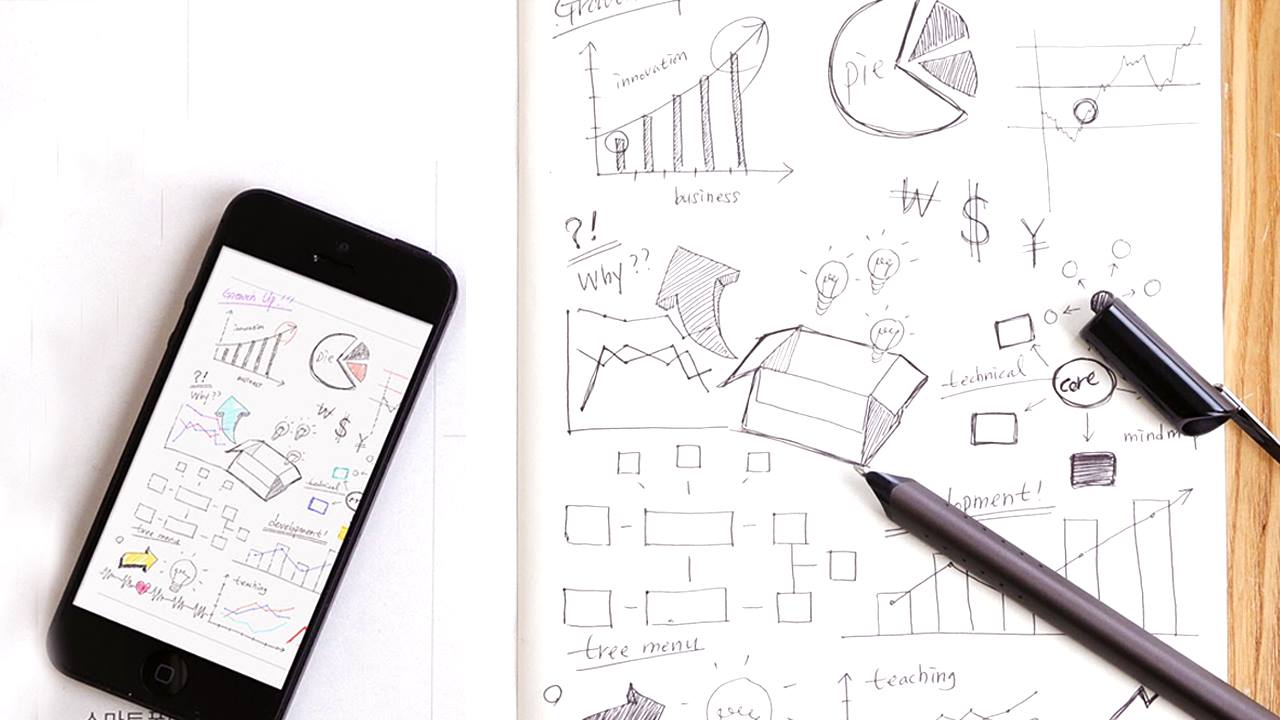
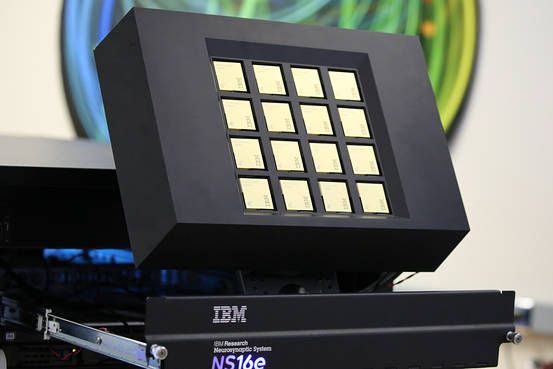
To solve some of the world’s toughest computing problems, Lawrence Livermore National Laboratory is getting a boost from the human brain.
The U.S. government lab will begin testing on Thursday a $1 million computer, the first of its kind, packed with 16 microprocessors that are designed to mimic the way the brain works.
The chip called TrueNorth, introduced by International Business Machines Corp. in 2014, is radically…
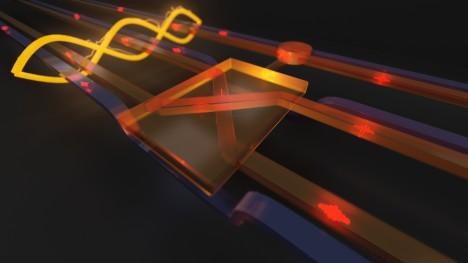
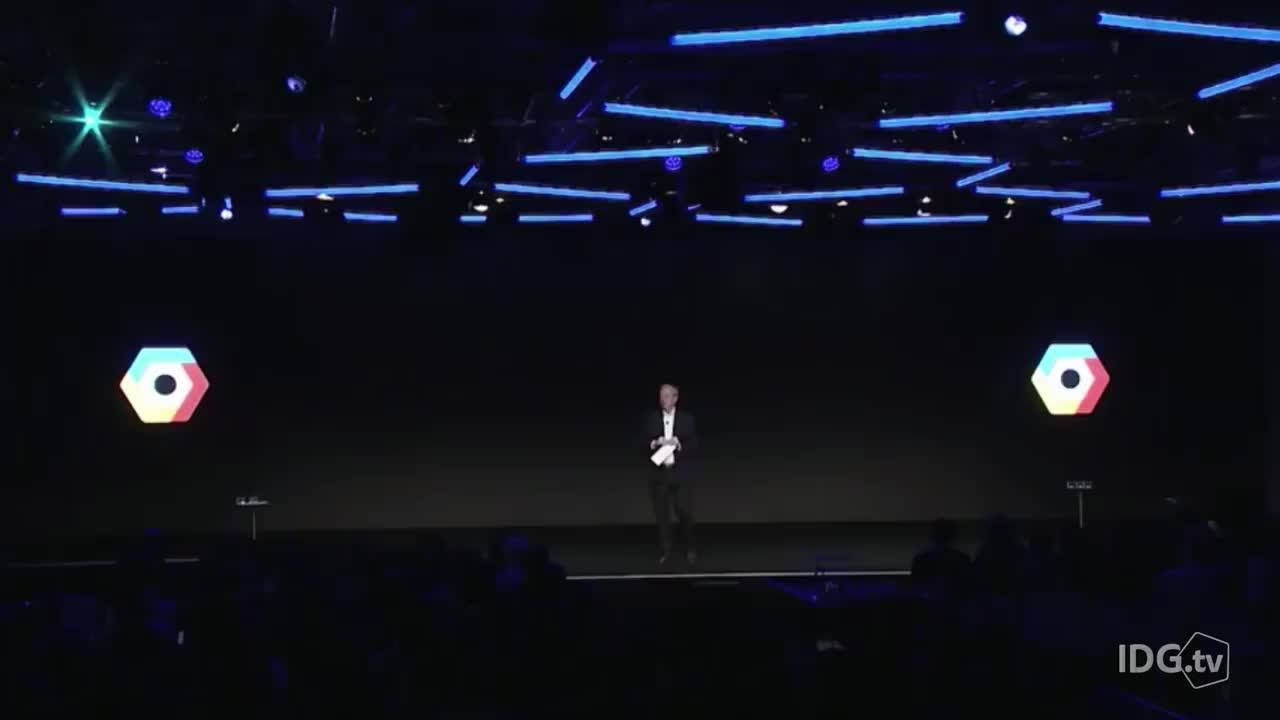
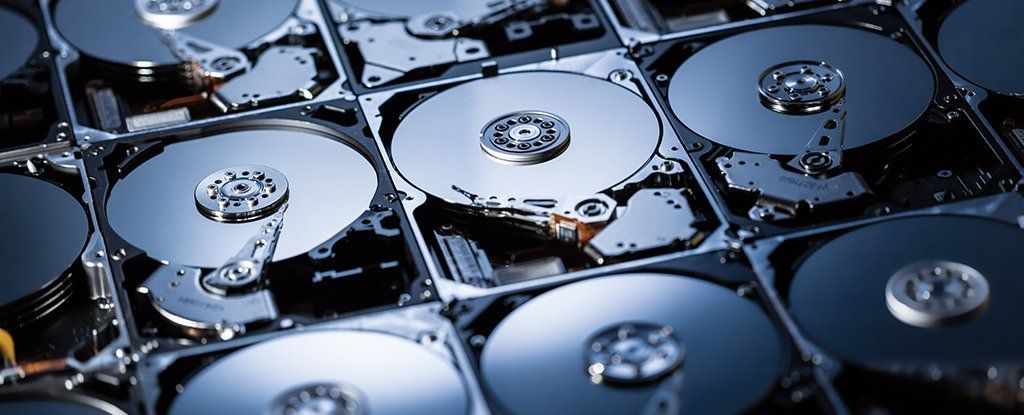
If you’re always running out of room for photos, videos, and music on your laptop, then science might have the answer. Using a laser to write data to magnetic storage, researchers have been able to increase the potential data storage capacity of hard drives by as much as 10 times — a process konwn as heat-assisted magnetic recording (HAMR).
Our computers write, read, and store information by controlling and detecting whether tiny regions of the disk are magnetised or not. This magnetic state corresponds to either a “1” or a “0” in the binary code — known as a bit — and our files are stored across thousands (or millions) of these bits at once. So if we want more space, we need to find a way to shrink those magnetic regions — which are made up of magnetic grains. And that’s where this new development comes in.
As Gizmodo reports, the new technique relies on shrinking the size of the magnetic grains used to store data, while minimising the interference with surrounding grains, and the researchers have now done that more effectively than ever before by using a precise laser alongside a magnetic field.